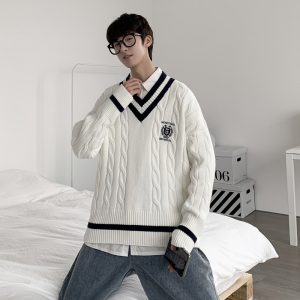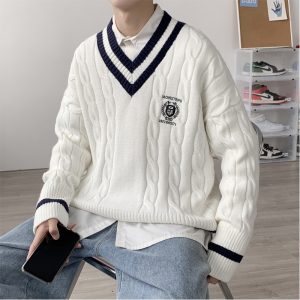What kind of fabric is not easy to pilling?
1. Poor fiber elasticity The poor fiber elasticity mentioned here does not mean that the fabric is not good, but refers to the weak fatigue resistance of the fiber. When the fiber ends caused by friction are entangled into hair balls, the fiber hair balls with poor elasticity are easy to fall off. From a visual point of view, the surface of the fabric is less likely to leave hair balls. Therefore, in terms of fiber elasticity, cotton, linen, and viscose fabrics are not easy to pilling, while polyester and acrylic fibers are easy to pilling.
2. The fabric structure is tight and flat. The fabrics of clothes that are usually worn are generally organic fabrics and knitted fabrics. Actual wearing shows that general knitted fabrics are easier to fuzz, pilling and snag than woven fabrics. In particular, knitted fabrics with a loose structure are more prominent, as are knitted fabrics with spun yarn. Because the twist of the knitting yarn is less, the fibers in the yarn are easy to move.
3. If the yarn has a large twist, what is the twist? We can understand it as rubbing the hemp rope, the tighter the twist = the greater the twist, the yarn and the yarn are held closer to each other, and it is not easy to fuzz.
4. Plain weave fabric. Plain weave refers to the fabric formed by the interweaving of warp yarns and weft yarns one above the other. It is characterized by many interweaving points, hard and relatively rough texture, good abrasion resistance, and is the least prone to pilling. Twill fabrics and twill weaves refer to fabrics formed by interweaving warp yarns and weft yarns in two up and down. Twill weaves have fewer warp and weft yarns interlaced than plain weave, with smaller spaces between warp and weft yarns, longer floats, better elasticity, and softness, and are easier to pilling than plain weave. Satin fabric and satin weave means that the warp and weft are interwoven once at least three yarns. The density of the fabric is higher, and there are very few interweaving points. The longer floating yarns make the surface of the fabric have better luster, the softest but also easier to rise. ball.








